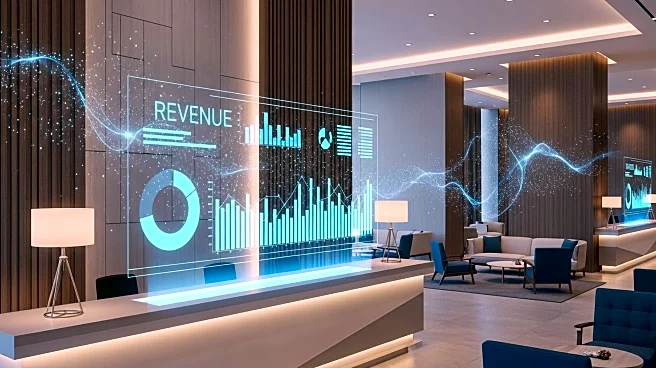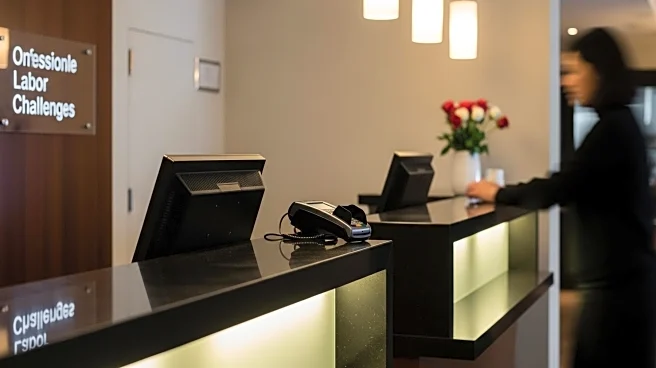What's Happening?
Triptease has introduced a new feature called Date Boost, designed to help hoteliers focus their marketing efforts on priority dates. This tool allows hotels to target specific dates that are typically hard to fill, such as midweek or seasonal dips, by leveraging Triptease's cross-hotel data network. Date Boost increases search ad bids for guests searching for these key dates, enhancing the visibility of direct booking options. The feature works across Triptease Metasearch, Paid Search, and Messages, enabling seamless, full-funnel campaigns that can be set up quickly.
Why It's Important?
Date Boost is a significant development for the hospitality industry, as it provides hotels with a strategic tool to maximize bookings during low occupancy periods without resorting to heavy discounts. By focusing marketing efforts on direct visibility, hotels can protect their rates and revenue per available room (RevPAR). This feature also fosters collaboration between marketing and revenue teams, leading to more targeted campaigns and improved results. The ability to leverage guest information previously available only to large chains and OTAs levels the playing field for smaller hotels.
What's Next?
Hotels can start using Date Boost by selecting their key dates and launching targeted campaigns through the Triptease Campaign Manager. As occupancy changes, hotels can adapt their marketing strategies quickly, ensuring they capture all available interest. The integration of Automated Date Boost with supported Revenue Management Systems (RMSs) further enhances the feature's effectiveness by automatically adjusting spend strategy based on occupancy data.
Beyond the Headlines
The introduction of Date Boost reflects a broader trend in the hospitality industry towards data-driven marketing strategies. By utilizing advanced analytics and guest information, hotels can personalize their marketing efforts, improving guest experiences and increasing conversion rates. This shift towards more sophisticated marketing tools may lead to long-term changes in how hotels approach occupancy challenges and revenue management.










